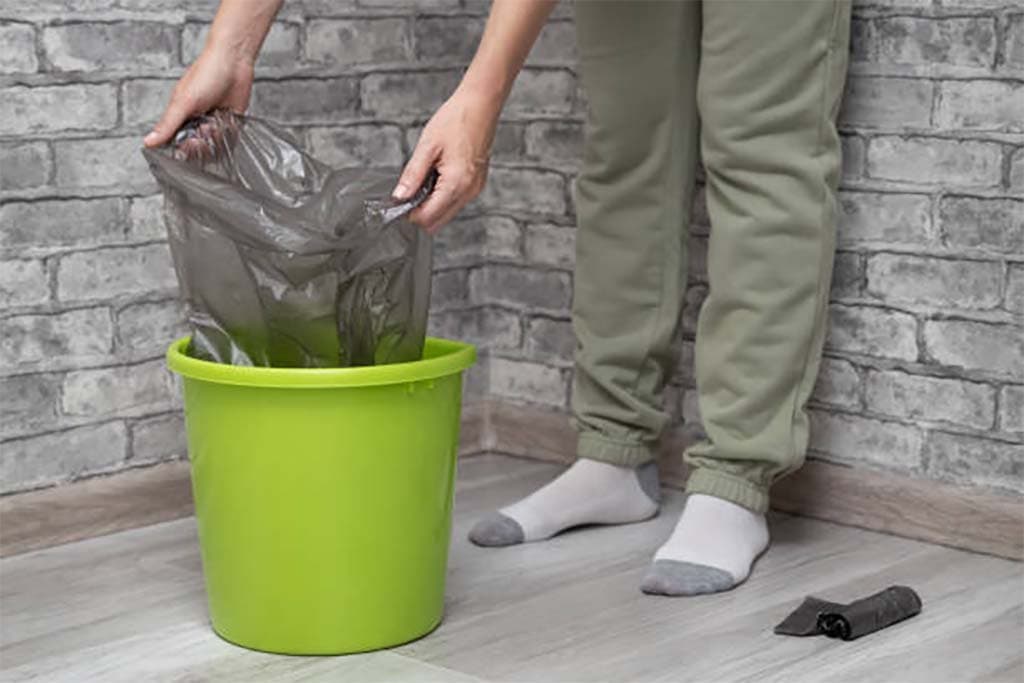Microplastics are minuscule plastic fragments, often smaller than a grain of sand, that are virtually omnipresent in our environment. These particles enter our homes through a myriad of avenues, including airborne dust, the washing of synthetic clothes, and the use of plastic containers and utensils. The ubiquity of plastic in consumer products means that microplastics can be found in almost every corner of our homes, from the dust on our bookshelves to the water in our plumbing systems. Their small size allows them to be easily ingested or inhaled, posing potential health risks that are currently the subject of ongoing research. Understanding the full extent of microplastics pollution is critical, as it permeates both our external and internal environments, making it a complex issue that touches upon various aspects of our daily lives.
Sources of Microplastics Indoors
Indoor environments are hotspots for microplastic accumulation, with household activities such as the laundering of synthetic textiles being significant contributors. Every wash can release hundreds of thousands of microfibers into wastewater, which may eventually find their way back into our homes through contaminated water supplies. Additionally, the degradation of plastic items and packaging materials adds to the indoor microplastic pollution. Dust particles that settle around our homes are not just composed of dead skin cells and natural fibers but also contain synthetic microfibers from carpets, curtains, and furniture, making the very act of dusting or vacuuming a potential source of microplastic exposure.
Health and Environmental Impacts
The impact of microplastics on health and the environment is a growing concern among scientists and environmentalists alike. These tiny particles can serve as carriers for toxic chemicals, which, when ingested or inhaled, may pose health risks to humans and animals. Microplastics have been found in human tissues and organs, raising questions about their potential to cause inflammation or act as endocrine disruptors. The environmental consequences are equally alarming, as microplastics contaminate water bodies and soil, affecting biodiversity and ecosystem functions. Marine animals ingest these particles, which can lead to physical harm and chemical exposure, ultimately affecting the food chain up to humans.
Strategies to Reduce Microplastic Pollution
Combatting microplastic pollution requires a multifaceted approach that includes changes at the individual, community, and policy levels. Consumers can make a difference by choosing natural fabrics over synthetics, avoiding disposable plastics, and selecting beauty and personal care products free from microbeads. On a larger scale, advocating for and supporting policies that promote recycling, reduce plastic production, and enhance waste management infrastructure are crucial. Innovations such as microfiber filters for washing machines also offer practical solutions for reducing the release of microfibers into water systems.
Embracing Sustainable Alternatives
The shift towards a microplastic-free environment is facilitated by embracing sustainable living practices and supporting eco-friendly alternatives. This can include adopting zero-waste habits, such as using reusable containers and shopping bags, and supporting brands that prioritize sustainability in their products and packaging. Encouraging the development and use of biodegradable materials and supporting research into effective methods of removing microplastics from the environment are also vital steps towards sustainability. By making conscious choices about the products we buy and the practices we support, we can contribute to a global reduction in microplastic pollution.

Conclusion: Toward a Microplastic-Free Environment
The journey to mitigate the presence of microplastics in our homes and environment is undoubtedly challenging but not insurmountable. It calls for a collective awakening to the pervasive nature of these pollutants and a concerted effort to address them at their source. Awareness and education are foundational; by understanding the extensive reach of microplastics and their potential impacts, individuals can make informed decisions that contribute to a broader societal shift towards sustainability. This transition requires not just individual action but also systemic changes in how we produce, consume, and dispose of goods.
Moreover, innovation and technology will play critical roles in identifying and implementing solutions to reduce microplastics pollution. From developing new materials that biodegrade without harmful consequences to advancing filtration and cleanup technologies, there is ample scope for positive change. However, these technological solutions must be coupled with robust policy frameworks that incentivize sustainable practices and ensure widespread adoption.
As consumers, our choices have power. By choosing products that are sustainably sourced and packaged, advocating for environmental policies, and supporting research into microplastics, we can drive the demand for a cleaner, healthier planet. The path toward a microplastic-free environment is paved with challenges, but through awareness, action, and advocacy, we can protect our health and the health of the planet for future generations. Our collective efforts today will shape the environmental legacy we leave behind, underscoring the importance of taking immediate and decisive action against microplastics.



